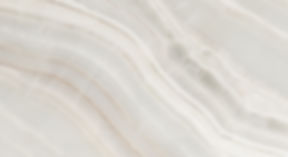We began by discussing how my work has shifted from painting to drawing/tracing processes since my BVA, however an underpinning drive to create works that record moments of motion and kinetic exchange has been maintained. At the end of my BVA I made a series of paintings that 're-performed' natural processes such as erosion, and then dabbled in cyanotype sunprints; my first attempt to bring elements of the natural world into the physical art-making process. This is the direction I am following with my work at the moment - letting the environments that the works are about take on a much more significant and active role in the creation of them, rather than just being a point of reference.
My most recent works - the wave tracings and the glass panels - were created with ideas of tracing and collaboration with environments in mind, however Mon pointed out that they also carry an underlying connection to durational and temporal ideas; my vision for the wave tracings is to create a series of them at different locations or at different tides and present them in a grid panel, which has strong visual relations to temporal things like calendars or timetables. As for the glass panel works, the process of their making requires them to be left out in the garden for weeks at a time and then exposed to sunlight for a very specific short amount of time - also a significantly temporal and durational project.


I also spoke about my ideas for a project that could be entered into the Estuary Art and Ecology Awards which requires participants to create an artwork that responds to the Tamaki Estuary and encourage action against its pollution, fitting in perfectly with what I am exploring in studio. I am interested in the idea of creating a clay imprint of a part of the Estuary, and dripping a zinc test solution of the Estuary water down it, as one of its biggest contaminants is extremely high levels of zinc. This is idea was partly derived from Tim Knowles' 'Ink on Paper Landscape' works:

Mon observed that there is an emerging emphasis on transference through this idea; a drive to transfer fragments of an environment into visually understandable forms. This is particularly apparent in the idea of imprinting a part of the Tamaki Estuary, and brings to light questions about giving agency to nature, and ideas about building traces through the residue of environments. There is a methodology emerging regarding rethinking systems within my work, and setting up my art making process to allow things to happen by chance.
